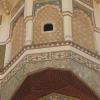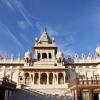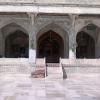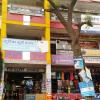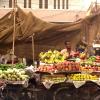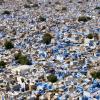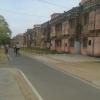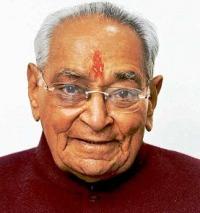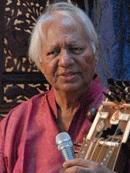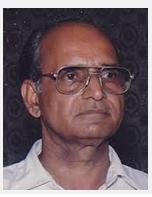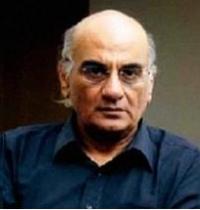Rajasthan is a state of India located in its northwestern part. It is the largest state in India by area. The capital of Rajasthan is Jaipur. The official language of Rajasthan is Hindi. The state encompasses the Great Indian Thar Desert.
History of Rajasthan
The history of Rajasthan starts from the time of Indus Valley Civilization and Rajasthan was built by many ethnic groups such as Rajputs, Jats, Yadavs and Gurjars. Etymologically Rajasthan means the land of kings. The land was ruled by Hemu, Maharana Pratap Singh and Rana Sanga. During the Akbar the Great, Samrat Hem Chandra Vikramaditya fought against Akbar and was killed in the Second Battle of Panipat. Then Mughal kings had to face resistance from Rana Pratap Singh. In 18th century, the Marathas and Pindaris attacked Rajputs. In 19th century, British defeated the Rajputs and the Rajput kings were allowed to continue their rule as they accepted the sovereignty of British. The Indian state of Rajasthan was formed on 30th March 1949. Due to its long and strong history, many ancient forts and monuments are seen to date in various parts of Rajasthan.
Geography and Climate of Rajasthan
Rajasthan spreads over an area of 342,269 square kilometers and has Gujarat in the southwest, Madhya Pradesh in the southeast, Uttar Pradesh and Haryana in the northeast, Punjab in the north and Pakistan in the west. The main physiographical features of Rajasthan are Aravalli ranges and Thar Desert. The northwestern part of Rajasthan lies in the rain shadow region of Aravalli ranges and so remains a dry desert. The average annual rainfall of this region is less than 400 mm. The temperature in summer rises as high as 40 degree Celsius and in winter it drops to below freezing point. The Luni River, Ghaggar River, Chambal River and Saraswati River are some of the rivers flowing through Rajasthan.
Natural Resources of Rajasthan
Though a part of Rajasthan is covered by desert, rich flora and fauna could be seen in other parts. The diversity of fauna includes eagles, vultures, harriers, buzzards, tigers, etc. Some of the national parks and sanctuaries in Rajasthan are Keoladeo National Park, Sariska Tiger Reserve, Ranthambore National Park, Desert National Park at Jaisalmer, Tal Chhapar Sanctuary, Darrah Sanctuary, Jaisamand Sanctuary and Kumbhalgarh Wildlife Sanctuary.
Rajasthan State Map With Districts
There are 33 districts in Rajasthan as of June 2012 and they come under seven divisions namely Ajmer Division, Bharatpur Division, Bikaner Division, Jaipur Division, Jodhpur Division, Kota Division and Udaipur Division. Given below is the Rajasthan state map with all 33 districts marked.
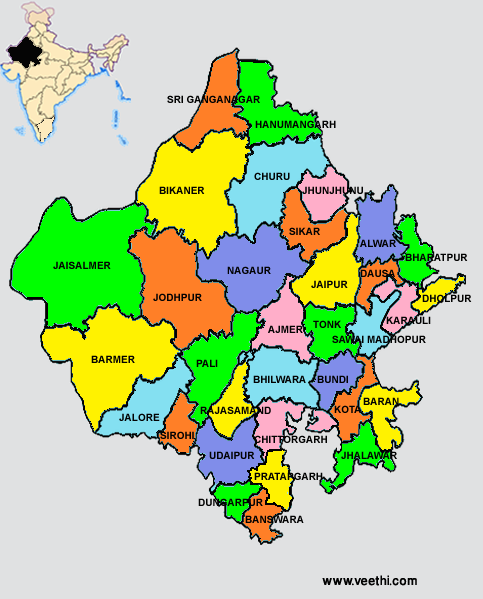
List of Districts of Rajasthan
|
|
|
|
People and Culture of Rajasthan
The population of Rajasthan as of 2011 was 68,621,012 with a density of 200 people per square kilometer. The mother tongue of people of Rajasthan is Rajasthani. 88.8% of people are Hindus, 8.5% of people are Muslims, 1.4% Sikhs and 1.2% Jains. Apart from Rajasthani language, Hindi, Gujarati, Sindhi, Punjabi and English are used. The folk music and folk dances like Ghoomar dance and Kalbeliya dance have integral part in the life of Rajasthani people. The block prints, Bagaru prints, Sanganer prints, Zari embroidery, handicraft items, carpets, blue pottery, etc. are exported from Rajasthan. The lehenga, kurta and chaniya choli are the traditional dresses of people.
Education in Rajasthan
The education of people of Rajasthan was not satisfactory before few decades. But due to the continuous efforts of the government, it has made a significant progress. In 1991, the literacy rate of the state was only 38. In 2001 it rose to 60.41% and in 2011, the literacy rate was 67.06% among which the male literacy rate was 80.15% and female literacy rate was 52.66%.
There are nine universities in Rajasthan and hundreds of institutions of higher education. There are more than 40 engineering colleges in the state that impart technical education to the students.
Economy of Rajasthan
The economy of Rajasthan is based on agriculture. The important agricultural products are pulses, oilseeds, sugarcane and cotton. It ranks first among other states in India in its wool production and edible oil production. The Indira Gandhi Canal is used to irrigate the northwest of Rajasthan. Rajasthan Industrial Development and Investment Corporation are taking efforts to develop the state. Many companies such as Infosys, Genpact, Wipro, MICO, Coca Cola, Gillete, etc. are located in Rajasthan.

Mining is one of the important sources of economy of Rajasthan. It is the second largest producer of cement among Indian states. The major mineral resources are sambhar, copper, zinc, jasper, fluorite, gypsum, marble, asbestos, lead, feldspar, etc.
Rajasthan Transportation
Many national highways pass through Rajasthan and the prominent one is NH 8. There are three airports in Rajasthan namely Jaipur International Airport, Udaipur Airport and Jodhpur Airport. There are minor airports situated in Kota and Jaisalmer. There are many railway stations in the state and the important railway stations are Jaipur, Bikaner, Ajmer, Udaipur, Jodhpur and Kota. The Rajasthan State Road Transport Corporation operates buses within the state and between the states.
Rajasthan Tourism
Rajasthan ranks fourth in attracting the foreign tourists among other states in India. The ancient forts, temples, havelis and palaces fascinate the tourists. Jaipur, the capital of Rajasthan has many attractions in it and the houses here are painted in pink, the tradition that is kept to date. Some of the tourist attractions are listed below.
Jodhpur and its fortresses
Mount Abu, the highest peak in the Aravalli range
Ranthambore National Park
Jaisalmer, the golden fortress, havelis and ancient Jain temples
Shekhawati having 300 years old frescoed havelis
Ahore, famous for Holi festival
Jantar Mantar
Chittorgarh Fort
Lake Palace
Dilwara Temples
Lodurva Jain Temples
Karni Mata Temple of Bikaner
Taragarh Fort



